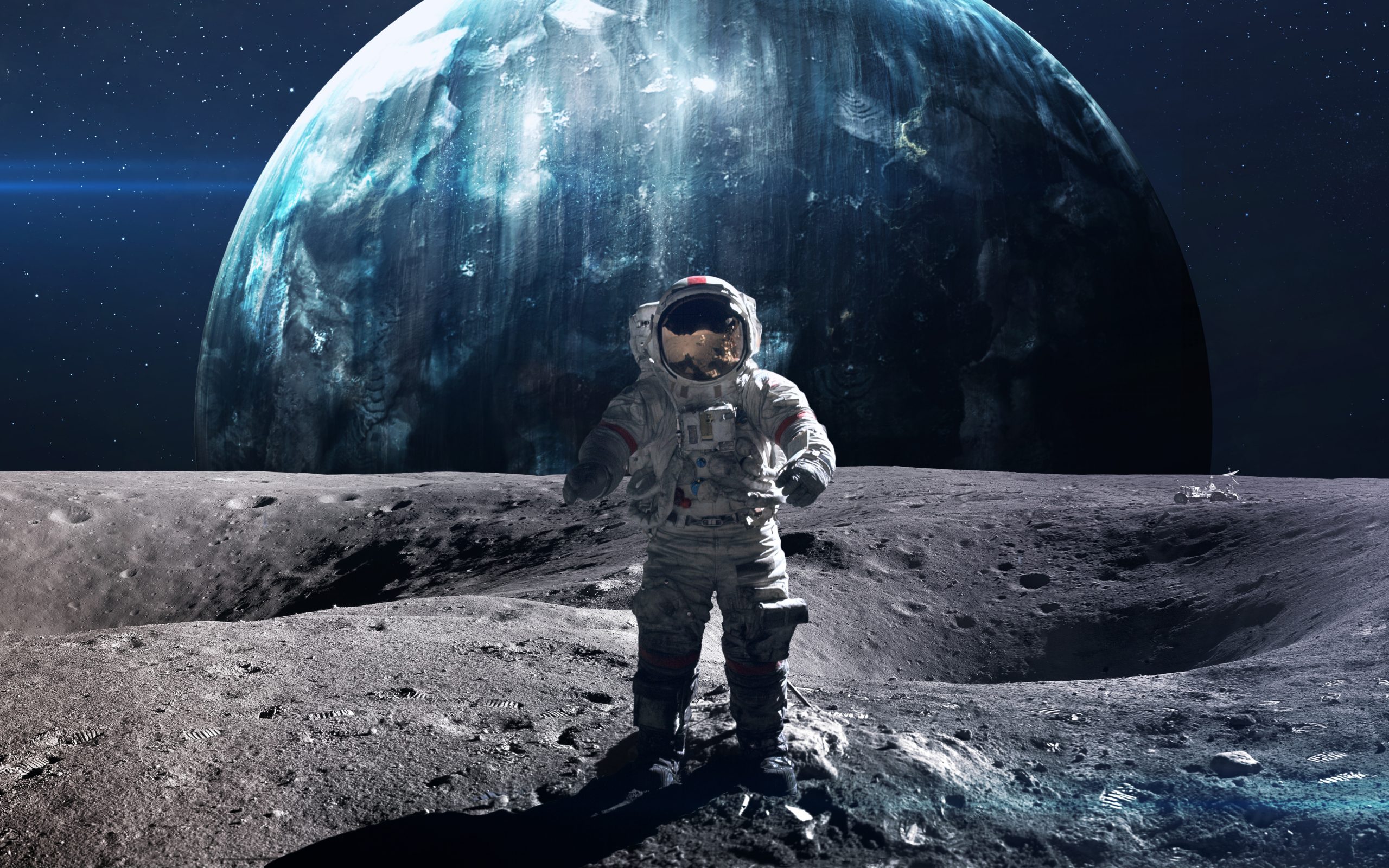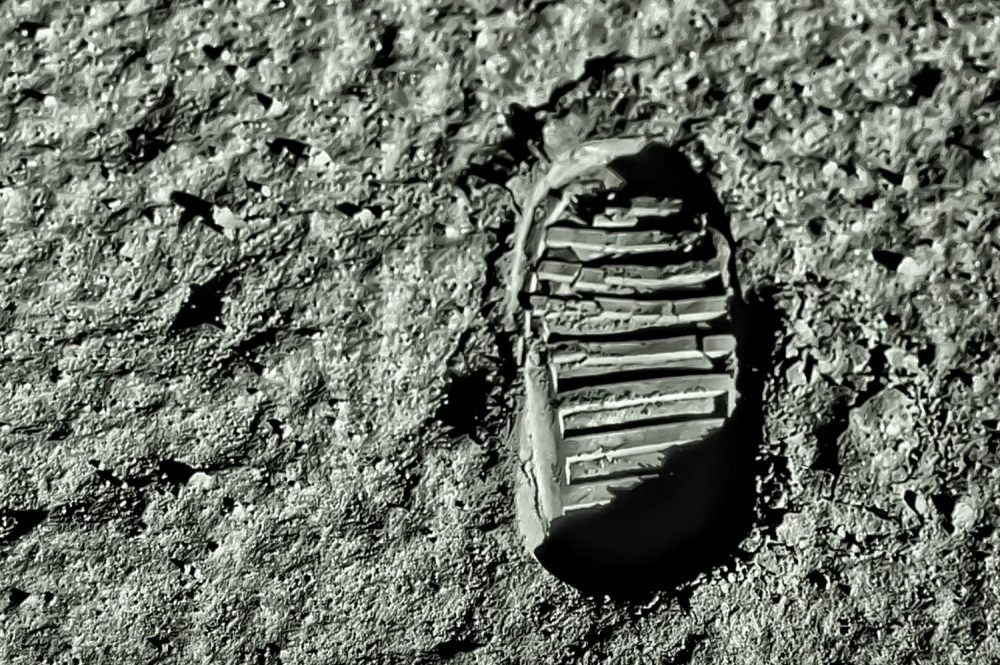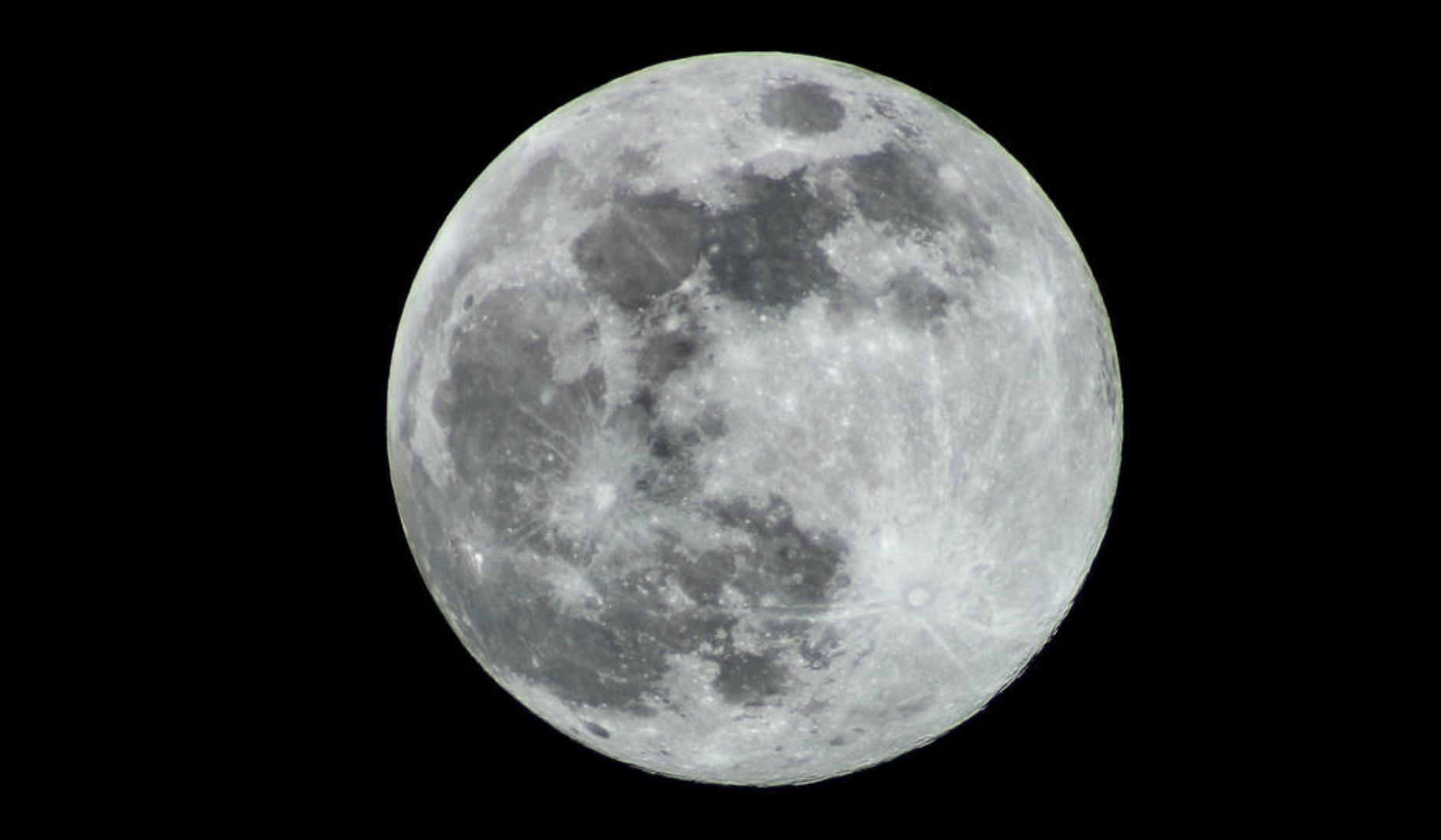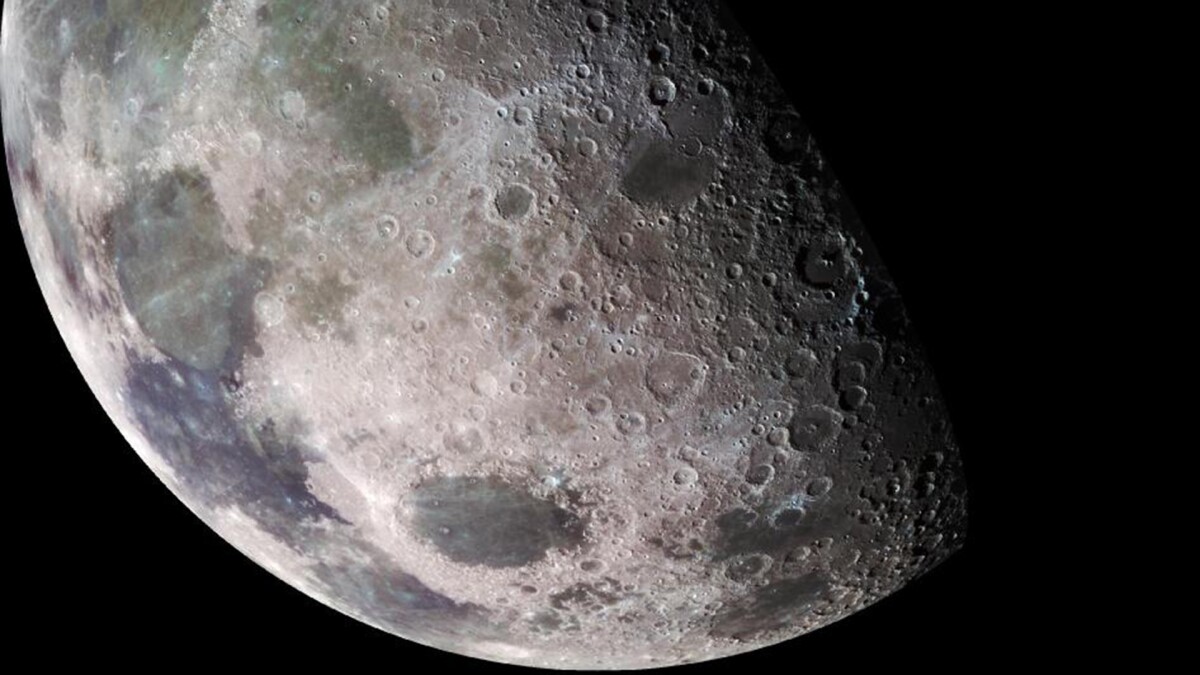Did you know that the remnants of an ancient planet are buried deep within the Moon?
Although we have successfully landed on the Moon and explored its surface the best way possible, the Moon, its origin, and history remain a profound enigma to humans.

We know it’s not made of cheese. The ancient Greeks began understanding the Moon’s properties before anyone else.
A Pre-Socratic Greek philosopher called Anaxagoras first discovered that Earth’s Moon did not shine its light but was light reflected from the Sun.
Another greek scholar called Aristarchus was the man who managed to measure the relative distance between the Sun and the Moon and realized that the Sun is located at a greater distance from Earth than the Moon.
NEWSLETTER
Never miss a news release from the Curiosmos team.
The following centuries saw experts study the Moon in greater detail, and with the refracting telescope in function, early astronomers were intrigued by what they managed to see.
Then, as time moved and technology advanced, we sent space probes to the Moon and eventually went to space, landed astronauts on the Moon, and returned to Earth, evidence of humankind’s greatest journey to date.

Shutterstock.
But despite this, the Moon is packed with mysteries.
We still have no clue how the Moon formed
The greatest Moon mystery is surely related to its origin. The most acknowledged theory argues that the Moon came into existence after a massive planet collided with a young Earth around 4.5 billion years ago. AS the two bodies crashed, the material got ejected into space. It eventually accumulated, condensed, and formed the Moon.
But that’s just a theory, and we still don’t know the Moon’s exact origin.
Distinctive layers
It is argued that the Moon has at least three distinct layers of rock. Heavier rocks of the Moon are found on the surface. Edgar Mithell admitted that because heavier materials are located on the surface, there was a possibility that the Moon had gigantic cavers leading inside the Moon.

Rust?
Apollo 16 astronauts are said to have discovered rocks containing pieces of rusty iron on the Moon. Oxidation needs oxygen and free hydrogen, and the rust tells us that there should be water somewhere on the Moon.
Wind and Water
We’ve been on the Moon six times. And during the moon missions, we left a collection of stuff on the surface. While most of it is trash, the astronauts left some scientific instruments that have remained functioning ever since. For example, in 1971, one of the instruments left by Apollo mission astronauts (near the Apolo 14 landing site) registered wind containing traces of water sweeping across the lunar surface.
Water’ found to jump’ around the Moon
A recent study found that water on the Moon’s surface hops across its surface as the Moon warms and cools throughout the day. This was discovered by NASA’s Lunar Reconnaissance Orbiter, which has been studying the Moon since 2009.
There’s a paper titled “Is the Moon the Creation of Alien Intelligence?”
This is not a conspiracy, but the tile of a study published in the 1970s by two scientists from the Soviet Academy of Sciences. Mikhail Vasin and Alexander Scherbakov write in their article:
“If we abandon the traditional paths of ‘common sense,’ we have plunged into what may, at first sight, seem to be unbridled and irresponsible fantasy. But the more minutely we go into all the knowledge gathered by men about the Moon, the more we are convinced that there is not a single fact to rule out our hypothesis.”

The Moon rang like a bell, sort of
On November 20, 1969, when the Apollo 12 crew returned to their command ship, the lunar module ascent stage was sent down to crash into the Moon to produce an artificial moonquake.